Negligence is a common cause of defects in the welding process.
So, it is essential to learn welding technology and practices before beginning to weld.
Because the quality of the construction will suffer if the weld results are flawed or imperfect.
For instance, welding errors during bridge construction might be disastrous.
The following are the types of stick welding problems and solutions that frequently happen during the welding process.
Here’s What You Will Learn Stick Welding Problems and Solutions
1. Undercut
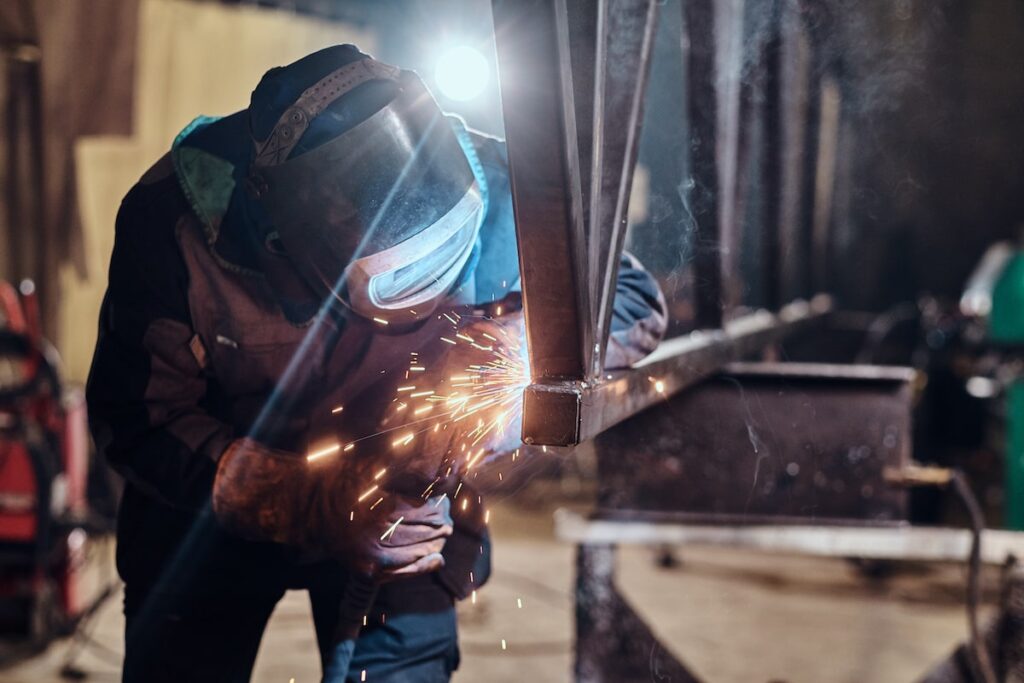
A weld flaw known as an undercut appears on the surface or root of the joint and resembles a depression in the parent metal or base metal.
All welded joints, including filet, butt, lap, corner, and edge joints, are susceptible to this type of welding fault.
Why Undercut Welding Errors Occur:
- The welding current being used is excessive.
- The welding speed is excessive.
- Welding arc length too high. Incorrect electrode position.
- Uneven hand swings and an excessively quick side swing time.
How to avoid undercutting flaws:
- When adjusting the welding current, check the electrode package or wps (Welding Procedure Specification) for the suggested amperage.
- Slower weld speeds.
- The arc length is decreased or increased to 1.5 times the electrode diameter.
- 70-80 degree tilt (position adjustment).
- Increase your frequency of practice to improve your swing.
Read Also : What is Undercut in Welding, Causes and How to Avoid Them
2. Porosity
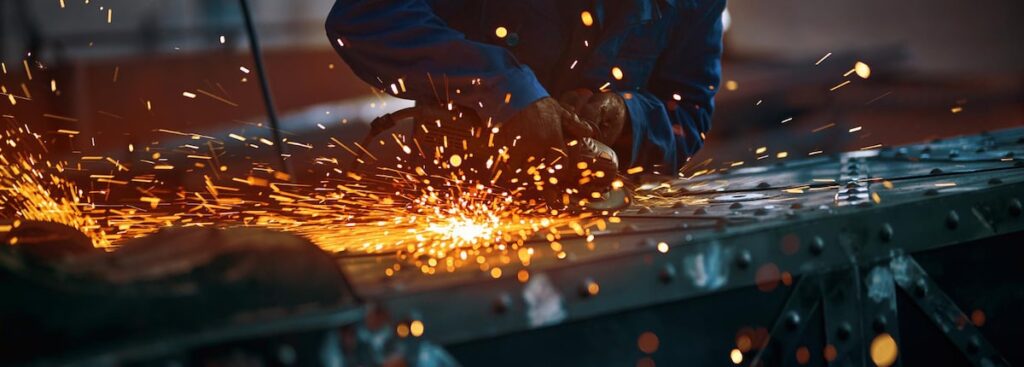
Little holes in the welding metal, which can be found on the surface or within, are known as a porosity fault.
There are other varieties of this porosity, including Cluster Porosity, Blow Hole, and Gas Pore.
Why Porosity Welding Defects Occur:
- The electrodes being utilized are either wet or have water on them.
- Overly lengthy welding arc. Insufficient welding current.
- The Travel Speed is excessive. the workpiece’s impurities being present (rust, oil, water, etc.).
- Hydrogen gas is produced as a result of the heat of welding.
How to Fix Porosity Weld Issues:
- Ensure that the electrode used is already in the oven (if required), don’t let the welding wire come in contact with water or moisture.
- Adjust the arc height to around 1.5 times the welding wire’s diameter.
- The amperage is set in accordance with the manufacturer’s instructions or suggestions for the electrode.
- Proper welding preparation ensures that there is no impurity in the workpiece.
- Some materials require heat treatment because the heat shouldn’t be applied in excess.
Read Also: Welding Porosity: What It is, Causes and How To Avoid
3. Cold Cracking
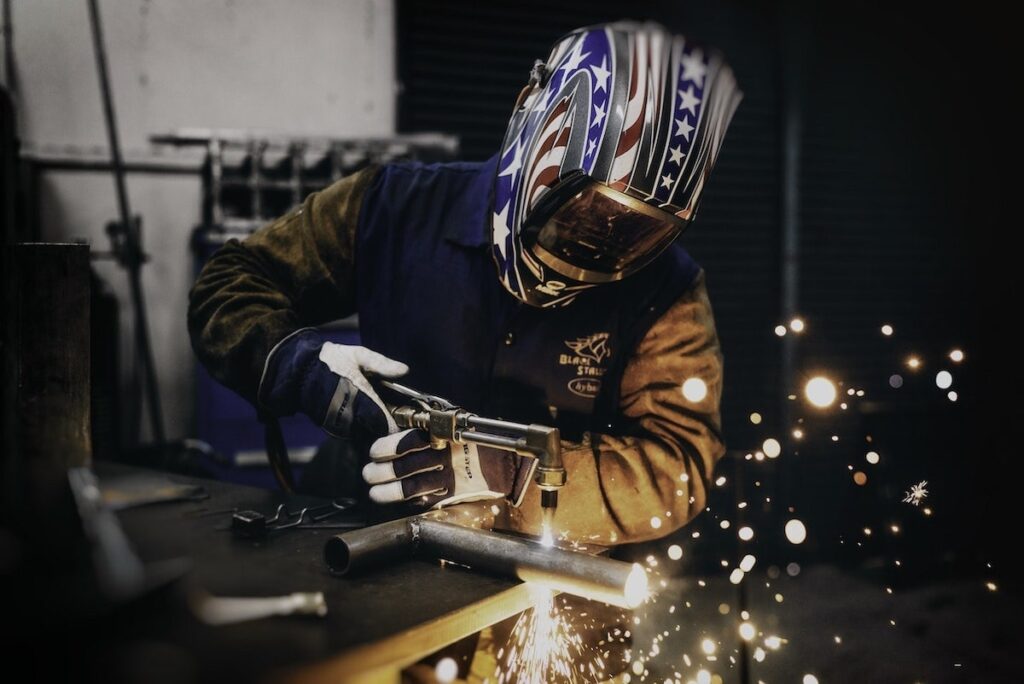
It is a crack that happens in the weld area after some time (takes time, can be 1 minute, 1 hour, or 1 day) the welding process is complete.
Often, a non-destructive test like the magnetic test or penetrant test is used to look for cracks.
Causes of Cold Cracking:
- Cold Cracking in Welding Materials.
- Cooling Rate too fast. Welding current is too low.
- Travel speed is too high. No pre-heating.
How to prevent Cold Cracking:
- Slow down cooling after the welding process.
- The heat received is adjusted to the WPS.
- Use the recommended Flow. Welding travel speed is not too fast (see existing wps).
- Preheating is required for materials with equivalent carbon content higher than 0.40.
Read Also : 5 Stick Welding Tips for Beginners to Grow Better
4. HotCrack
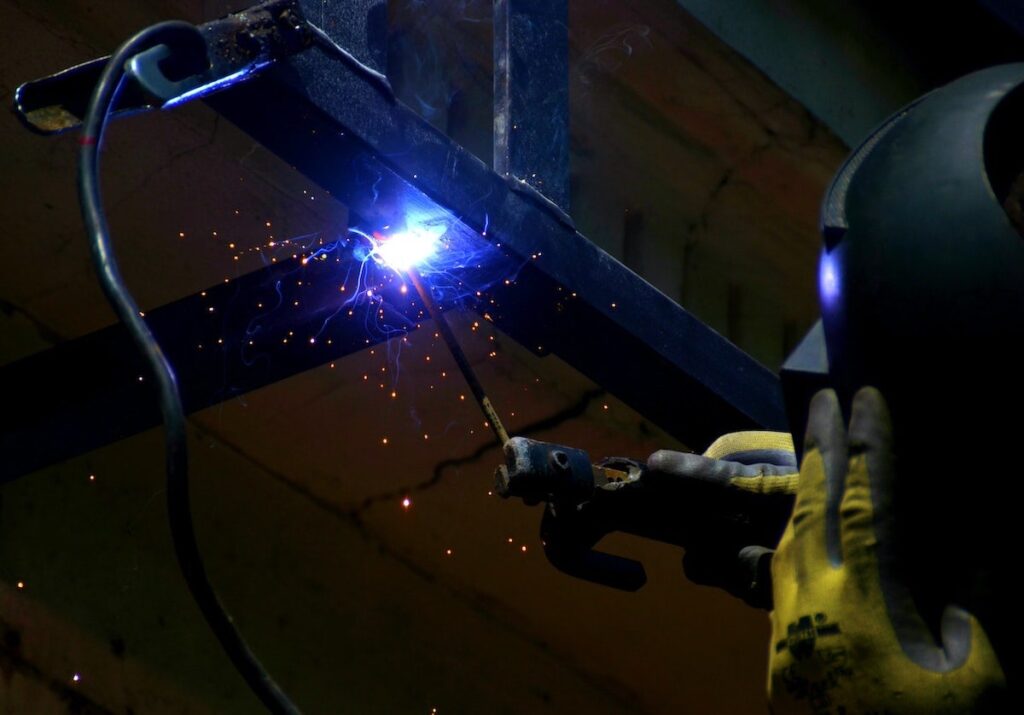
Hot Crack is a crack in welding where the crack occurs after the welding process is complete or during the welding metal solidification process.
Causes of Hot Cracks:
Incorrect electrode selection. Do not do heat treatment.
How to Prevent Hot Cracks:
- Using electrodes that comply with WPS or Low Hydrogen which have high tensile properties.
- Perform heat treatment (PWHT and Preheat).
Read Also : Welding Crack: Causes & Effective Prevention Methods
5. Over Spatter
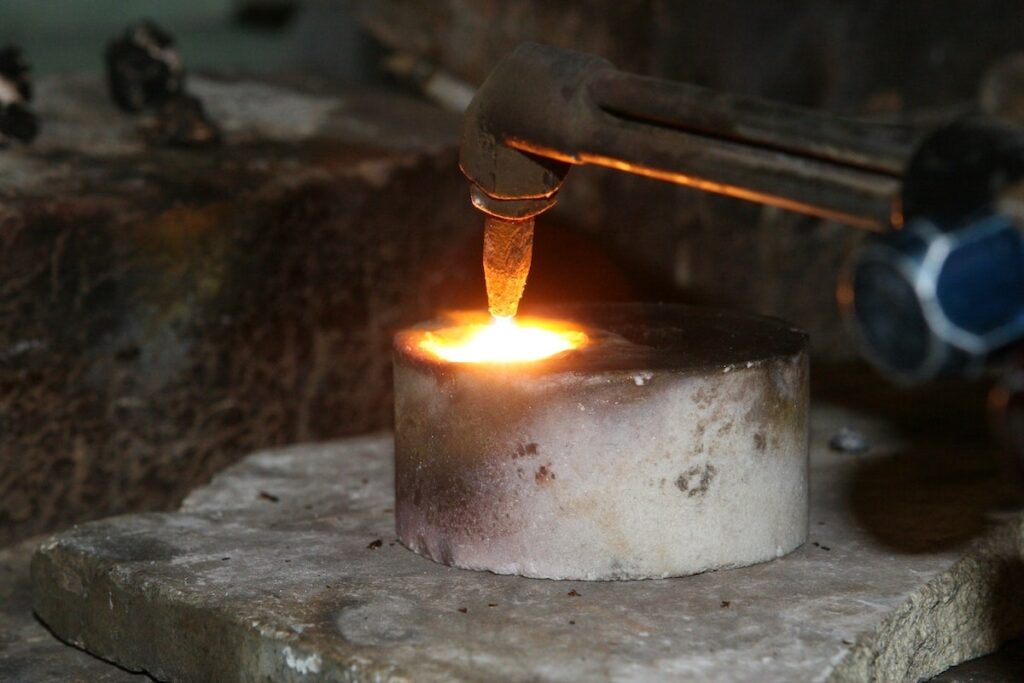
Actually, it is not a flaw if the spatter can be cleaned up. Yet, it is classified as a visual defect if the accumulation is extensive and cannot be cleansed.
Causes Spatter or excess welding spatter:
- Amperage too high.
- The distance between the electrode and the base metal is too far.
- Moist electrode.
How to avoid Over Spatter Welding Defects:
- Reduce the current in accordance with the advice.
- Arc length (1.5 x electrode diameter).
- The oven electrode is in accordance with the handbook (especially low hydrogen welding wire).
Read Also : What is Welding Spatter: Causes and Tips to Avoid It
Now you have a better understanding of stick welding problems and solutions. Happy welding!


